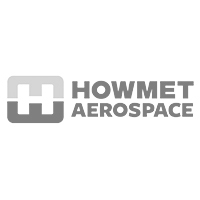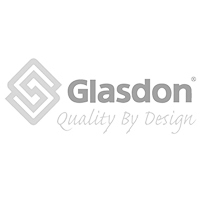Working at Height in Aerospace & Aviation Industry
Working at height is an integral aspect of the aerospace and aviation industry, involving activities such as aircraft assembly, maintenance, inspection, and repair. These tasks often require personnel to operate at significant heights, posing unique risks and hazards that necessitate stringent safety measures and comprehensive training.
Key Risks and Hazards
- Falls from Height
- Leading Cause of Injury: Falls from height are one of the primary causes of serious injuries and fatalities in the aerospace and aviation industry. Workers performing tasks on aircraft wings, fuselage, or elevated platforms are particularly vulnerable.
- Risk Factors: Unstable or uneven surfaces, lack of proper guardrails, and inadequate personal protective equipment (PPE) can significantly increase the risk of falls.
- Access and Egress Challenges
- Limited Access Points: Aircraft structures often have limited and constrained access points, making it challenging for workers to safely reach and exit work areas at height.
- Complex Geometries: The intricate design of aircraft can necessitate awkward positioning and movements, increasing the risk of slips, trips, and falls.
- Environmental Factors
- Weather Conditions: Outdoor tasks, such as working on an aircraft on the tarmac, are subject to weather conditions like wind, rain, and ice, which can create slippery surfaces and reduce stability.
- Poor Lighting: Insufficient lighting, especially during night shifts or in hangars, can impair visibility and increase the likelihood of accidents.
- Equipment Hazards
- Use of Ladders and Scaffolding: Improper use or faulty equipment, such as ladders, can lead to falls and injuries.
- Tools and Materials: Tools and materials used at height can become hazardous if dropped, posing a risk to workers below.
- Fatigue and Human Error
- Physical and Mental Strain: Working at height can be physically demanding and mentally stressful, leading to fatigue and an increased likelihood of mistakes.
- Lack of Training: Insufficient training on height safety procedures and equipment can result in improper practices and accidents.
Importance of Proper Training
Given the significant risks associated with working at height in the aerospace and aviation industry, proper training is essential to ensure the safety of personnel. Effective training programs should cover:
- Hazard Identification: Recognizing and assessing potential risks associated with working at height, including environmental factors and equipment-related hazards.
- Use of PPE: Correct use of personal protective equipment, such as harnesses, helmets, and fall arrest systems, to prevent injuries.
- Safety Procedures: Implementing safe work practices, including the use of guardrails, safety nets, and secure access points.
- Emergency Response: Training in rescue and emergency procedures to ensure prompt and effective response in case of an accident.
- Compliance with Regulations: Understanding and adhering to industry-specific regulations and standards to ensure legal compliance and workplace safety.
Eurosafe’s Training Solutions
Eurosafe offers specialized training courses designed to address the unique challenges of working at height in the aerospace and aviation industry. Our programs equip professionals with the knowledge and skills necessary to work safely and efficiently at height, focusing on hazard identification, use of PPE, safety procedures, and emergency response.
Browse Working at Height Training Courses
Consultancy and Audit Services
In addition to training, Eurosafe provides consultancy and audit services to assess your site and identify specific height-related risks. Our experts will evaluate existing safety protocols, recommend improvements, and tailor training solutions to meet your industry’s requirements.
By investing in proper training and safety measures, aerospace and aviation companies can create a safer working environment, protect their workforce, and maintain operational efficiency.















